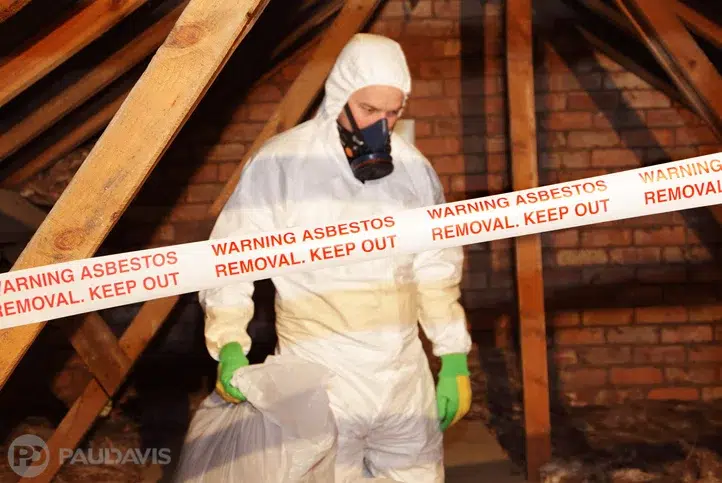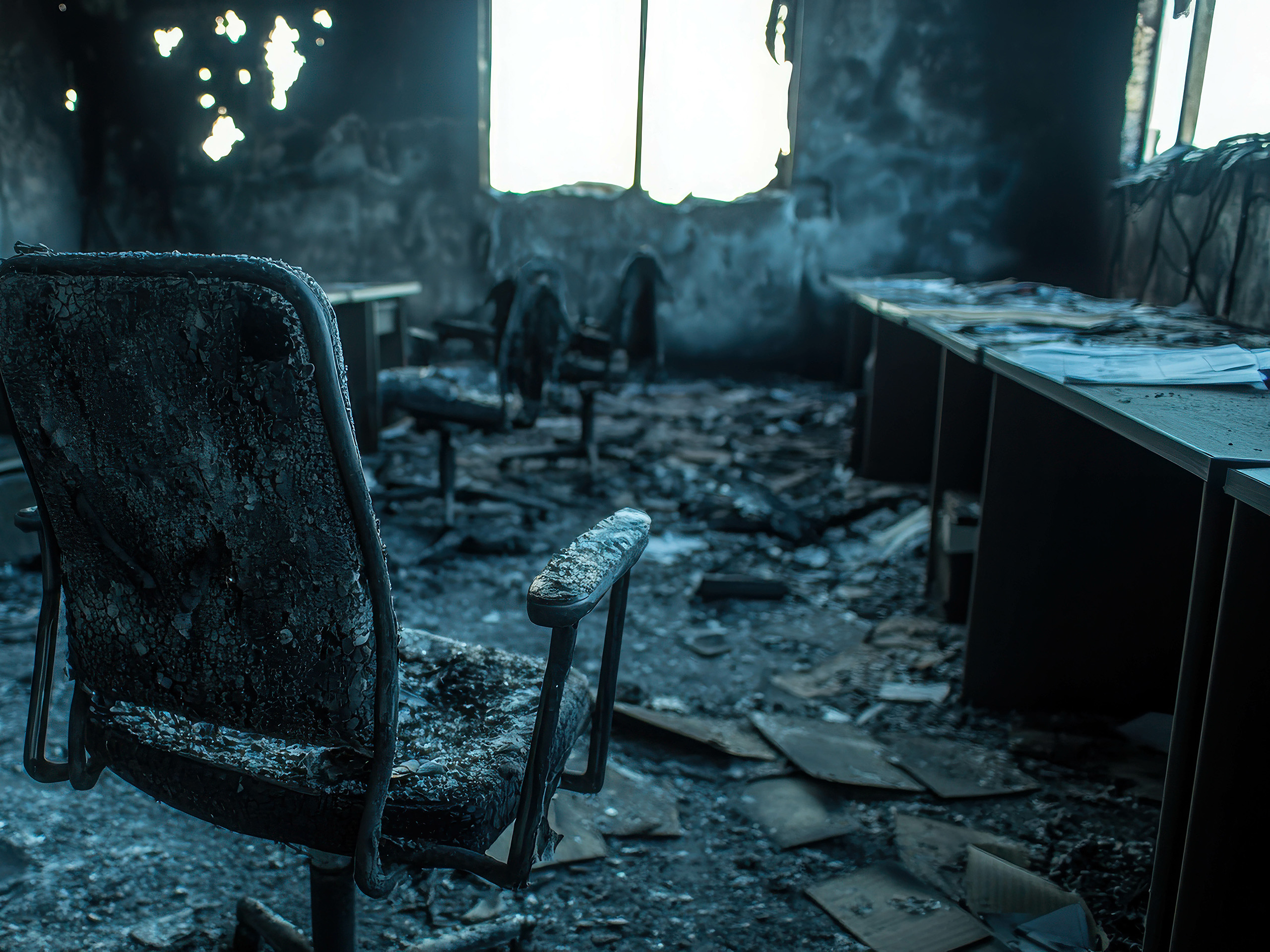
After a rainstorm flooded an elementary school, a restoration company removed the wet carpet and floor tiles within 24 hours. Staff and students appreciated the timely, cost-effective and professional project – until records revealed that the tiles contained asbestos. Just like that, the restoration became an illegal asbestos removal that threatened workers’ health, contaminated the school and triggered expensive fines from state and federal regulatory agencies.
Once called a miracle fiber because it’s impervious to heat and chemicals, asbestos was added to more than 3,000 types of building materials between the early 1900s and 1980. Most older commercial structures contain asbestos in roofing, insulation, gaskets, plaster, doors, ceiling tiles, countertops and many more applications. In fact, its use was so common that any thermal insulation, surfacing materials and floor tiles installed in buildings prior to 1981 are assumed to contain asbestos. Manufacturers ceased asbestos use when serious health hazards became evident: disturbed asbestos releases extremely fine airborne particles that cause life-threatening lung damage.
Its risks, however, remain. Any restoration contractor performing work in any older public building with water damage must suspect that asbestos is present. Restoration projects must carefully follow applicable regulations, thoroughly plan restoration steps, obtain expert outside assistance and proceed with caution. Though lengthy textbooks have been written about handling this harmful fiber, avoiding asbestos release and reducing exposure to liability starts with prudent general principles:
Know the Rules: Many local, state and federal regulations safeguard against asbestos release and contact. These rules affect nearly any activity that restoration contractors might perform such as sampling materials, analyzing materials, removal, cleanup, transport, disposal, worker exposure, protective equipment and training. Know the rules specific to job site location and plan how to adhere to them before beginning work in an older building.
Plan Ahead: Create asbestos-specific standard operating procedures to guide restoration projects in older buildings. Plans should address determining the building’s age, coordinating with insurance carriers, inspecting and testing for asbestos, assigning workers trained in asbestos safety and procedures to follow if asbestos is found. Any plan should contain a list of local asbestos contractors and testing companies ready to assist if necessary.
Because asbestos is such an important and complicated issue, the experts at Paul Davis have created an information-packed fact sheet containing vital information, resources, guidelines and tips for restoration industry professionals. As always, our experienced professionals stand ready 24/7 to help. When asbestos is suspected, This Is No Time for Second Best®.











